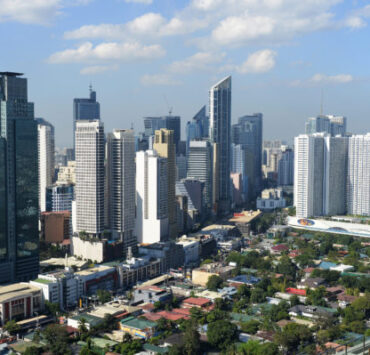Residential sales picked up in Q1, but tariff jitters may spoil momentum

The residential real estate market delivered strong growth in the first quarter, but homebuyers, particularly those from the middle-income segment, are seen to switch to wait-and-see mode as tariff jitters ravage capital markets across the globe.
Roy Golez, research director at Leechiu Property Consultants Inc., told reporters on Tuesday that demand for residential condominium units in the January to March period had jumped by 14 percent from the previous quarter to 6,508 units.
New launches, meanwhile, slipped to their lowest in five years to 1,347 units, down by 77 percent quarter-on-quarter, as developers focused instead on monetizing their existing inventory mainly through promotions, such as longer payment terms and lower down payment requirements.
As a result, sales in the upper-middle income segment, or those worth P4 million to P7 million each, surged by 49 percent to 2,304 units during the quarter.
It was followed by the high-end segment (P12 million to P68 million) that jumped by 15 percent to 1,680 units; upscale segment (P7 million to P12 million), up by 26 percent to 1,649 units; and middle income (P2.3 million to P4 million), up by 21 percent to 803 units.
“The developers were energized with all of this talk about oversupply,” Golez said on the sidelines of Leechiu’s first quarter press briefing. “Instead of launching new projects, they started concentrating on the promos for the current inventories.”
Metro Manila ended the first quarter with three years worth of supply at 81,400 units across 622 actively selling buildings, according to Leechiu.
At the same time, demand for luxury units, or those priced at P68 million and above, slid by 39 percent to 72 units during the period.
While this may seem like a significant decline, Golez explained that the segment had only gone “back [to] where it should have been.”
“It suddenly grew faster in the last quarter of last year, that’s why it seemed that the drop looks significant,” he added.
But while the first three months of the year looked rosy for the residential sector, Golez warned that property investors were now in wait-and-see mode after US President Donald Trump’s tariffs had caused the worst global market bloodbaths since the pandemic.
Before the global trade war escalated last week, Golez said they had been bullish on the mid-market segment.
“But with what happened last week, we don’t know yet. We have to let it play out,” he added, noting that it was “too early to tell” the exact impact of the new duties on the property sector. “Any turbulence in Wall Street might impact Main Street.”





















